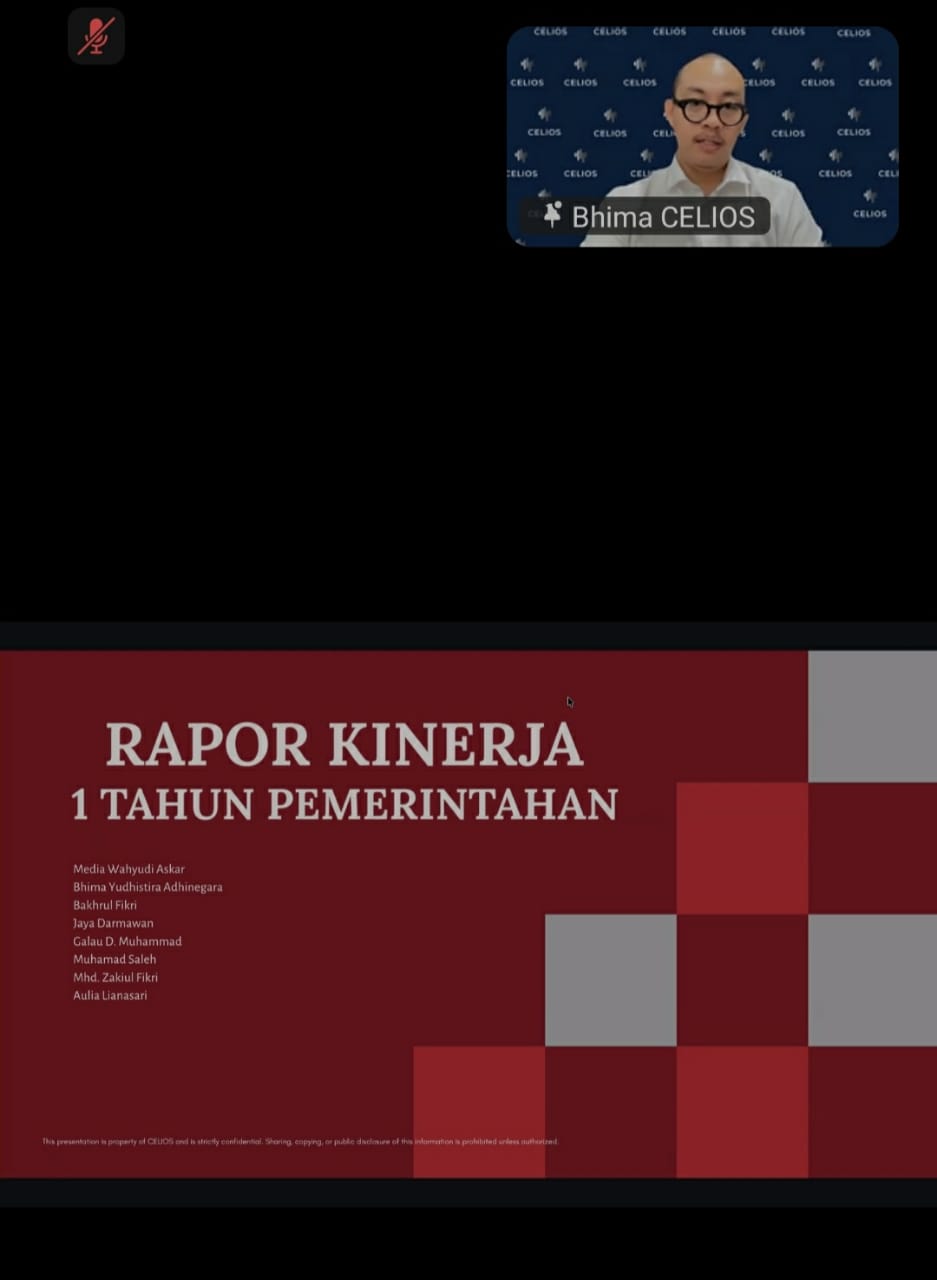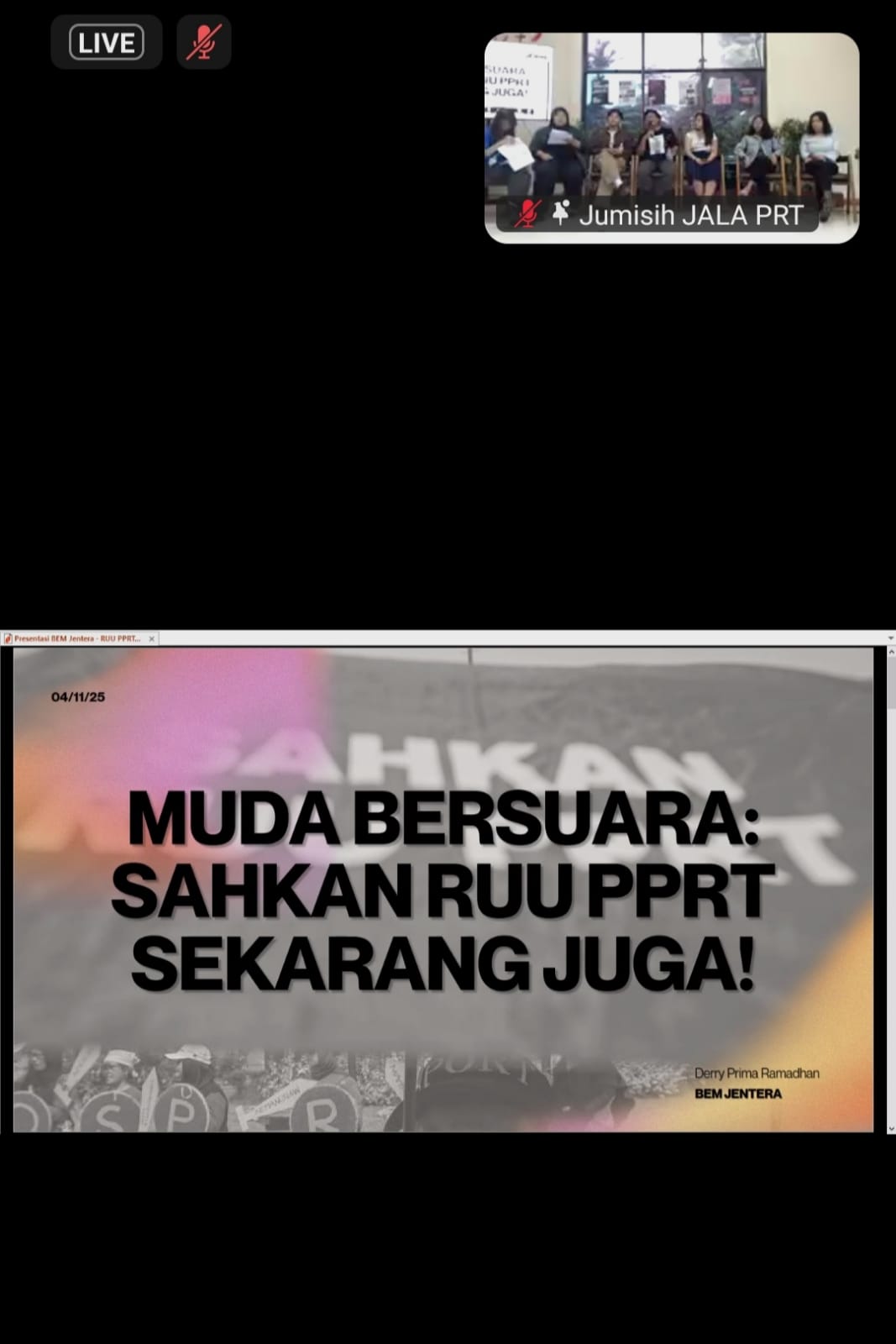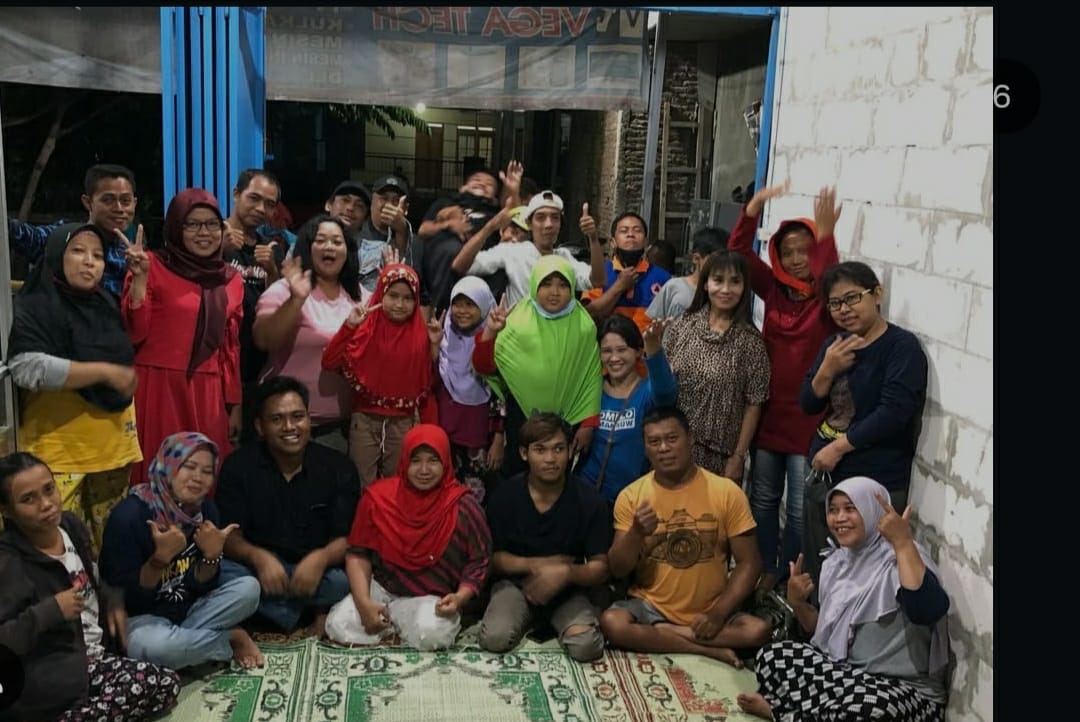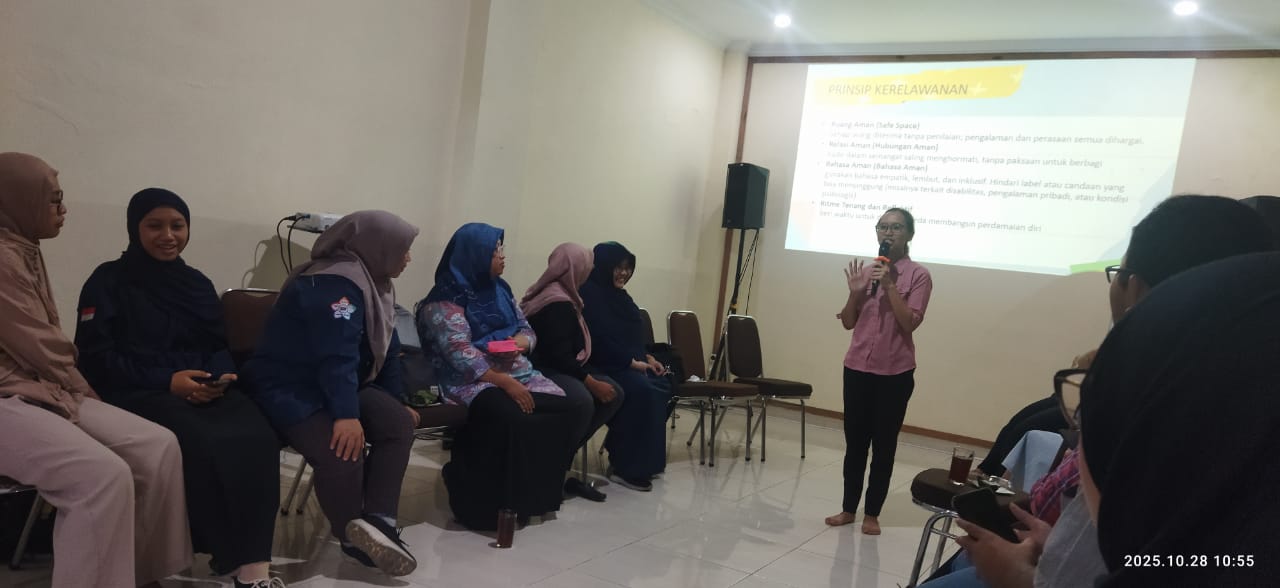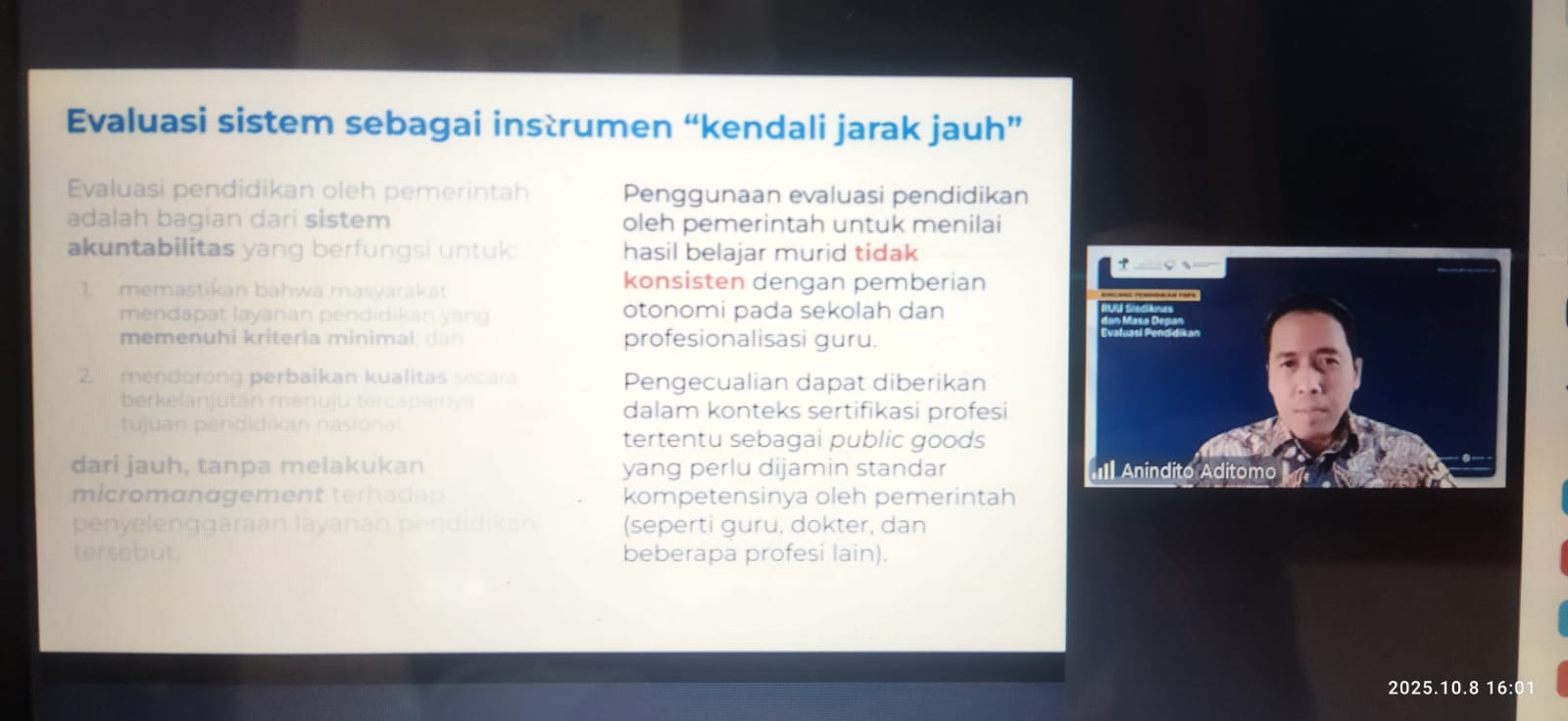The Center for Economic and Law Studies (Celios) released the result of latest survey about public opinions of the one year that President Prabowo Subianto and Vice President Gibran Rakabuming Raka were in power. Researcher at Celios, Galau D. Muhammad said that the survey result showed red mark for the government.
“The red colour symbolized the red mark. So there was no other way for President Prabowo to continue at this very moment, before a total evaluation, a total cabinet reshuffle, cutting a number of ministries, and reflecting on this data as the public was awaiting,” said Galau during his presentation on Sunday (19/10). He also suggested that President Prabowo needed to engage in concrete actions to recover public trusts: massive reshuffle of the cabinet and cutting ministries.
At the moment, there were around 140 public officials - ministers, vice president, president’s envoys, and advisers in the Red-White Cabinet. This was way too big and inefficient. “There is no other way, the government must cut the number of ministries. This was clearly visible in the survey of experts. Ninety-six percent agreed that there had to be changes in ministers, and ninety-eight percent agreed that there had to be a cut in the number of ministries," said Galau. The ten officials that needed to be replaced in Celios survey included: 1. Energy and Mineral Reosurces Minister (ESDM) Bahlil Lahadalia, 2. Head of National Nutrition Authority (BGN) Dadan Hindayana, 3. Human Rights Minister Natalius Pigai, 4. Forestry Minister Raja Juli Antoni, 5. Cultural Minister Fadli Zon, 6. Tourism Minister Widiyanti Putri, 7. Food Coordinating Minister Zulkifli Hasan, 8. Head of Authority to Speed-up Poverty Alleviation Budiman Sudjatmiko 9. Minister in charge of Underdeveloped Village and Areas Yandri Susanto, and 10. Agrarian and Spatial Minister Nusron Wahid.
The survey result showed, the average score results were between 3 of ten. This result was way below similar survey result of past first 100-day in government. To date, Prabowo had a score of 5, while Gibran had a score of 3. “Like school score, the value of 3 out of 10 was below the threshold of graduation which was usually 6 or 7,” said the Public Policy Director at Celios, Media Wahyudi Askar. He added that the survey used a simple analogy using “report score’.
The survey involved two groups – 1,338 respondents from the general public and experts (120 journalists from 60 press organisations of a variety of news desks from economy, social-politics, law and human rights, and environment. The respondents were nation-wide, from rural to urban, with diverse social and demographic backgrounds, using sampling data collection technique, analytical technique, survey instrument, validity, number of respondents, area coverage, data output, data collection time, and merit. The survey proceeded between 30 September and 13 October 2025. The result was aggregated – 29% respondents gave score between 1 and 10, indicating very bad performance. A number of respondents (14%) gave score of 2, and 20% of respondents gave a score of 3. Only 2% of respondents gave a score of 8, while 1% of respondents gave a score of 9. No one gave a perfect score.
The survey was part of public participation in ensuring government accountability. In a democratic system, the President and his officials were the people running the country and had to be open to criticism and inputs from the people. Criticism was not a form of resistance, but rather a mirror that the government could use to reflect on its own shortcoming and make better policies. The sectors most neglected, according to the survey, were enforcement of law and human rights (19%), then environment (17%), economy (14%), education (14%), and health and social sectors each at 11%. The rest of the respondents said that infrastructure and agriculture were both at 7%. Media Wahyudi said that the result showed aggregate public voices. “Aggregated excerpt from people’s voices using research methodology to evaluate work performance,” he said. (Ast)




